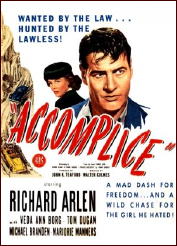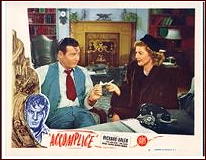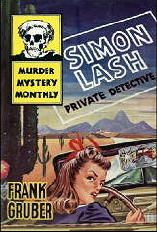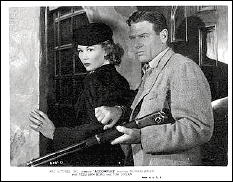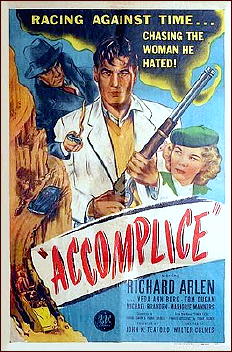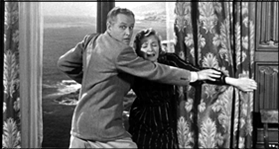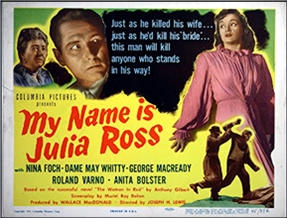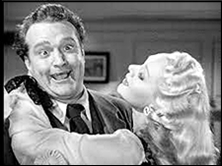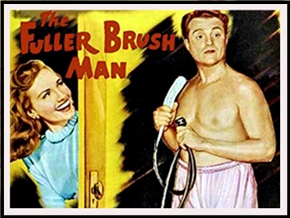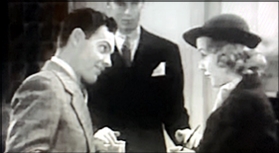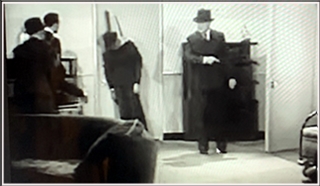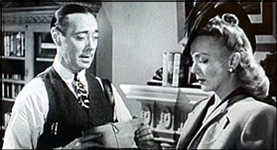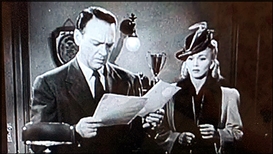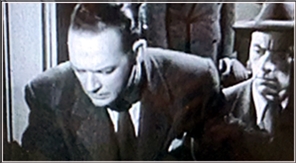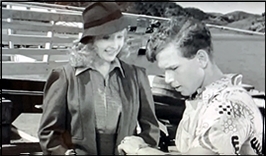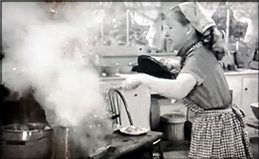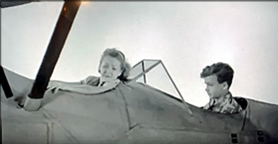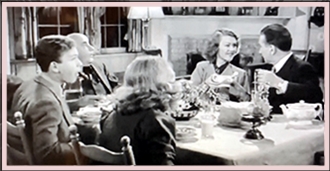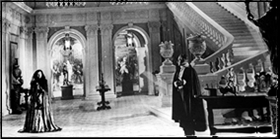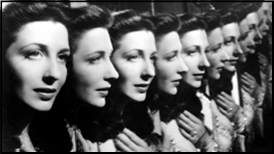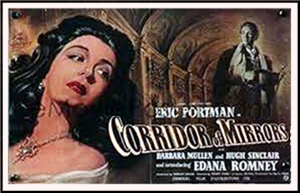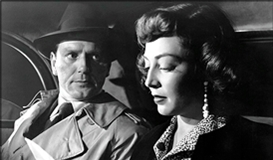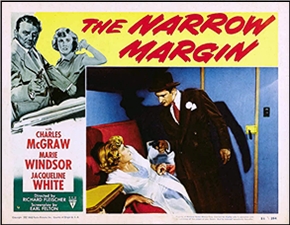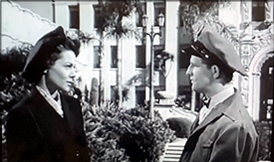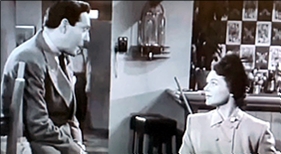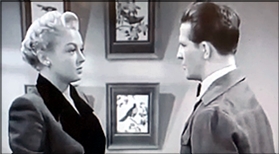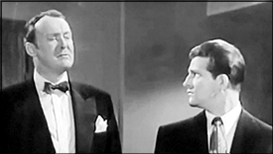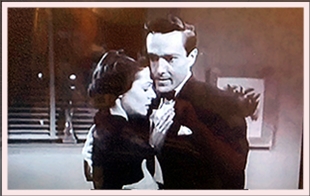Thu 6 Jun 2024
ACCUSED OF MURDER. Republic Pictures, 1956. David Brian, Vera Ralston, Sidney Blackmer, Virginia Grey, Warren Stevens, Lee Van Cleef, Barry Kelley, Elisha Cook Jr. Screenplay by W. R. Burnett, based on his novel, Vanity Row. Director: Joseph Kane. Currently available on YouTube (see below). (The book is reviewed by Dan Stumpf here.)
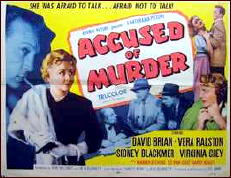
Time was starting to run out for Republic Pictures when this film was produced, and as it so happened, the end of Vera (Hruba) Ralston’s motion picture career was close to ending as well. Republic lasted until 1959, while Miss Ralston’s last appearance on film was in 1958. That their fortunes were so long tied together is due to one fact: she was the longtime protege of Republic Pictures studio head Herbert J. Yates, whose last year on top was also — you guessed it — 1958.
Her acting abilities, never regarded very highly, were probably adequate for most of the generally low budget films she was in, and over the years, there were 27 of them. In Accused of Murder she’s a night club singer who’s suspected of murdering a high-flying attorney (Sidney Blackmer) in debt to the mob, but luckily for her, the homicide lieutenant in charge of case (David Brian) finds himself falling in love with her, and he’s the only person standing between her and a life in prison.
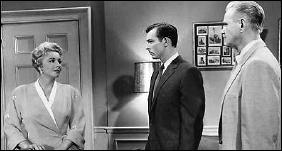
Definitely not believing her story is Brian’s second-in-command, a very young Lee Van Cleef, whose way of carrying himself reminded me a lot of Lee Marvin, lean and lanky and in so smooth control of himself.
There’s more to the story than this, including a scar-faced hit man (Warren Stevens) whom we see being paid for killing Blackmer, and a would-be blackmailer, a dime-a-dance girl (Virginia Grey) who saw Stevens at the scene of the crime. There are a few twists to the tale, some of them quite clever, or there would have been if we (the viewer) hadn’t been shown too much in the beginning, and yet not enough to stop us from puzzling over whatever it was that wasn’t shown. Speaking entirely for myself, you understand.
Adequate, therefore, but all around? Only adequate. There’s no other word that might apply, unless it was mediocre, and truthfully, Accused of Murder is a step above that. It’s a small step, but a step, nonetheless.
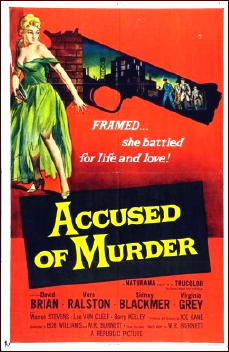
UPDATE: This review was first posted on this blog on 17 November 2011. The reason for its revival is that it’s the second listing (alphabetically) in Death on the Cheap: The Lost B Movies of FILM NOIR, by Arthur Lyons (Da Capo Press, 2000). I’m in the process of working my way through it, one movie at a time. The first nine Comments that follow are from its earlier posting.
